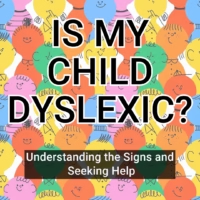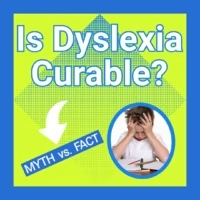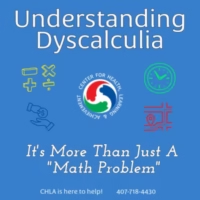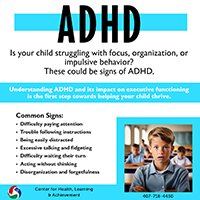Dysgraphia is a learning difference that primarily affects a child’s writing abilities. It’s crucial to understand that it’s not a matter of laziness or lack of motivation; rather, it stems from difficulties in converting thoughts into written form. Children with dysgraphia often face challenges with the physical aspects of writing. Simple tasks like forming letters correctly, maintaining consistent spacing between words, and even gripping a pencil comfortably can be remarkably difficult for them. These challenges can extend to their written communication, impacting their ability to organize ideas on paper and recall grammar rules.
Identifying dysgraphia can be complex, as its presentation varies from child to child. However, certain common signs may warrant attention from parents. It’s important to remember that these are not signs of a child being difficult, but rather indicators of genuine struggles.
- Consistently messy and difficult-to-read handwriting.
- Inconsistent spacing and letter sizing.
- Difficulties with the proper formation of letters.
- A noticeably slow writing speed, even when the child has a strong understanding of the material.
- Challenges in organizing their thoughts on paper, often leading them to avoid writing whenever they can.
If you suspect your child may have dysgraphia, seeking professional evaluation can be incredibly helpful. The Center for Health, Learning & Achievement can assess your child’s fine motor skills and handwriting, while an educational psychologist can evaluate their overall learning profile and identify specific writing issues associated with dysgraphia. A proper diagnosis will pave the way for targeted support strategies and provide an action plan tailored to your child’s unique needs.









